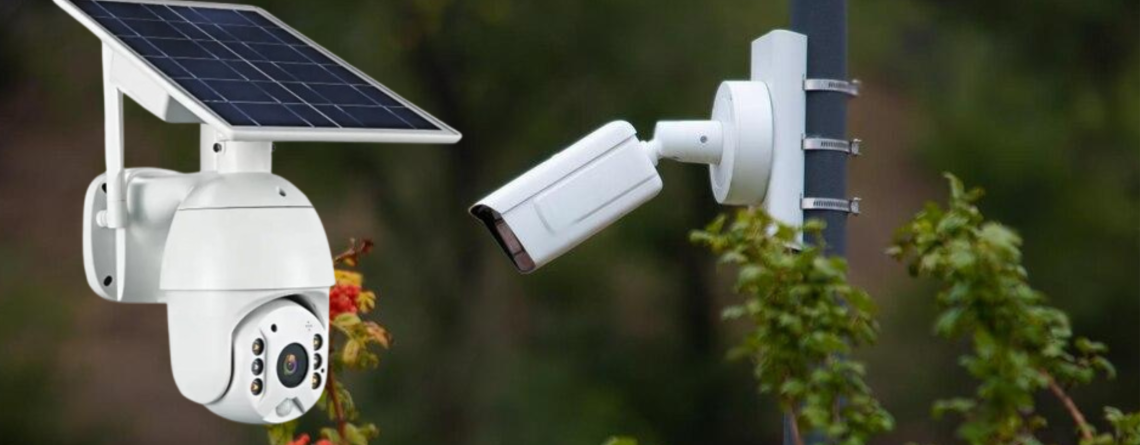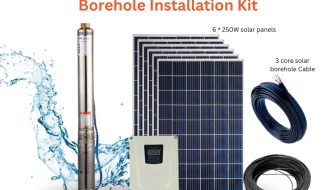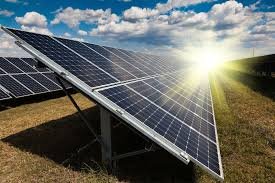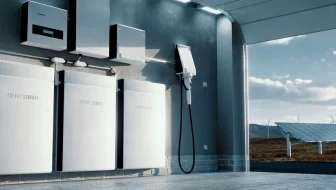INTRODUCTION
Security surveillance has become a critical investment for both residential and commercial property owners. With increasing concerns over theft, vandalism, and unauthorized access, businesses and homeowners seek reliable and cost-effective surveillance solutions. Two main options dominate the market: analog surveillance cameras and solar-powered security cameras.
This blog post examines the business case for each, comparing their security effectiveness, cost efficiency, and return on investment (ROI). By the end, you’ll have a clear understanding of which system is best suited for your needs.
MARKET OVERVIEW AND TRENDS
The global security surveillance industry has experienced rapid growth due to increasing security threats and advancements in technology. In Nigeria and other emerging markets, businesses and homeowners are shifting toward solar-powered security solutions due to unreliable electricity grids and high operational costs associated with traditional systems.

According to market research, the global video surveillance market is projected to grow at a CAGR of 10%+, driven by the demand for smart security systems. Businesses are increasingly looking for solutions that are cost-effective, scalable, and energy-efficient, making solar-powered cameras an attractive option.
KEY COMPARISON FACTORS
1. Security Effectiveness
Security effectiveness depends on various factors, including video quality, reliability, and system flexibility.
- Analog Cameras
- Offer consistent video quality but are often limited to lower resolution (compared to modern IP or solar cameras).
- Typically hardwired, reducing the risk of hacking or signal interference.
- Require a continuous power source, making them vulnerable to power outages.
- Storage is local (DVR-based), making data retrieval less flexible.
- Solar-Powered Cameras
- Usually wireless, offering greater installation flexibility, especially in remote areas.
- Independent from the power grid, making them more reliable in locations with frequent electricity disruptions.
- Typically offer high-definition video quality (1080p or 4K) with cloud-based storage.
- May be vulnerable to weather conditions and battery limitations, though modern solar panels are highly efficient.
For high-security areas with stable electricity, analog cameras provide reliable surveillance. For locations prone to power outages or requiring remote monitoring, solar-powered cameras are the better choice.
COST EFFICIENCY AND ROI
Cost efficiency isn’t just about initial purchase costs; it includes installation, maintenance, and long-term operational expenses.
| Factor | Analog Cameras | Solar-Powered Cameras |
|---|---|---|
| Initial Cost | Lower upfront cost | Higher upfront due to solar tech |
| Installation Cost | High (wiring, DVR setup) | Lower (wireless & easy setup) |
| Power Costs | Continuous power required | No electricity cost (solar-based) |
| Maintenance | Requires wiring checks & repairs | Minimal maintenance, self-powered |
| Scalability | Difficult, requires additional wiring | Highly scalable, easy to expand |
| Long-term ROI | Moderate ROI | High ROI (energy savings & low maintenance) |
While analog cameras may seem cheaper initially, solar-powered cameras provide better ROI over time due to energy independence and low maintenance costs.
BUSINESS RISKS AND CONSIDERATIONS
Before choosing between analog and solar-powered cameras, businesses should consider potential risks and operational factors:

- Cybersecurity & Data Protection
- Analog cameras use DVR systems, which are harder to hack.
- Solar-powered cameras rely on the internet & cloud storage, making them susceptible to cyber threats if not properly secured.
- Maintenance Challenges
- Analog systems require regular wiring checks and DVR updates.
- Solar cameras need battery replacements over time, though modern lithium batteries last several years.
- Legal & Compliance Factors
- Surveillance laws vary, requiring compliance with data protection regulations.
- Businesses must consider whether cloud-based storage meets their legal and security requirements.
Both systems have security risks, but solar-powered cameras require better cybersecurity measures, while analog cameras need more physical maintenance.
CONCLUSIONS
Choosing between analog and solar-powered surveillance cameras depends on your security needs, budget, and long-term goals.
- Choose Analog Cameras If:
- You need continuous recording without reliance on the internet.
- Your location has a stable electricity supply.
- You require DVR-based local storage without cloud dependency.
- Choose Solar-Powered Cameras If:
- You want energy-efficient, off-grid surveillance.
- Your business needs scalable, flexible installation.
- You are willing to invest in long-term cost savings.
As the security industry evolves, many businesses are adopting hybrid solutions, integrating both analog and solar-powered cameras for comprehensive surveillance. By carefully analyzing your business’s needs, you can choose the best security system that balances cost, efficiency, and effectiveness.
Next Steps
Looking to install a security surveillance system? Contact us today for expert advice on choosing the right analog or solar-powered CCTV solution for your business! 🚀








Leave a Reply